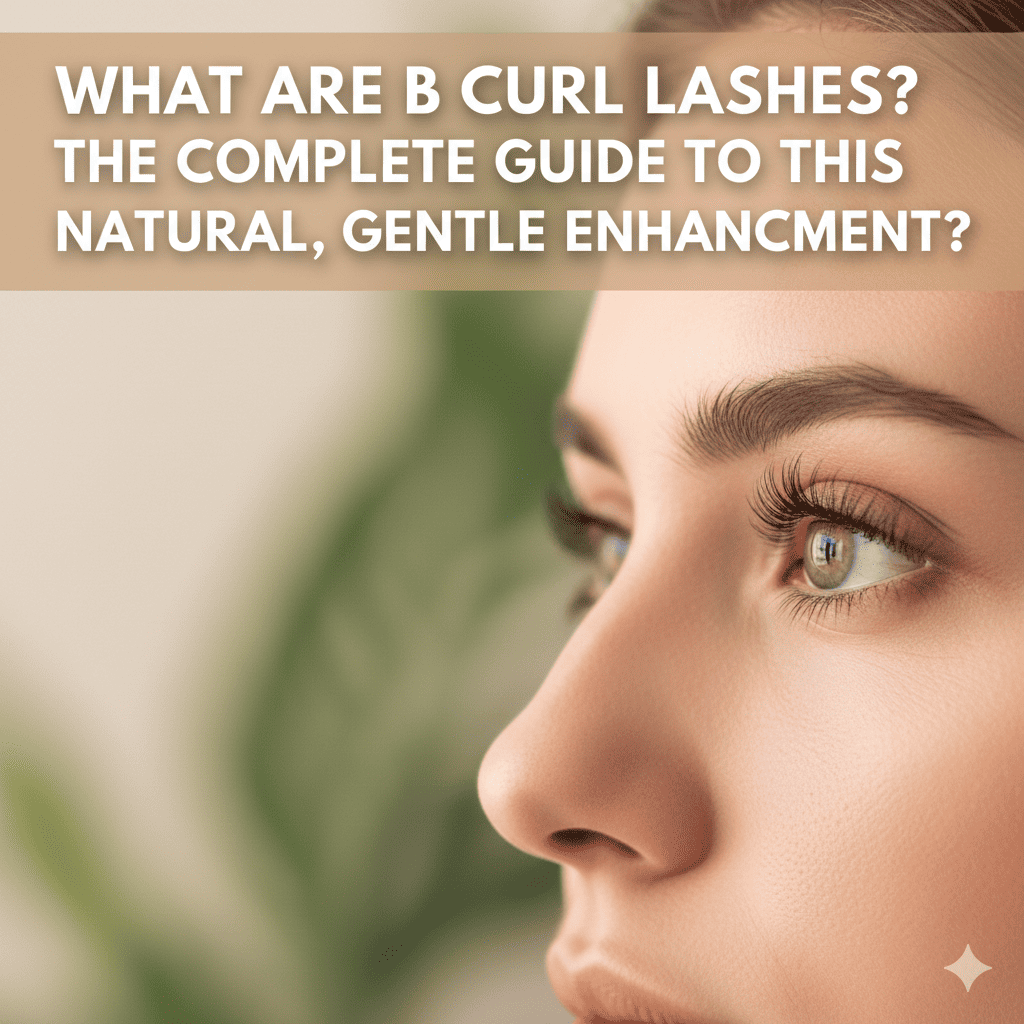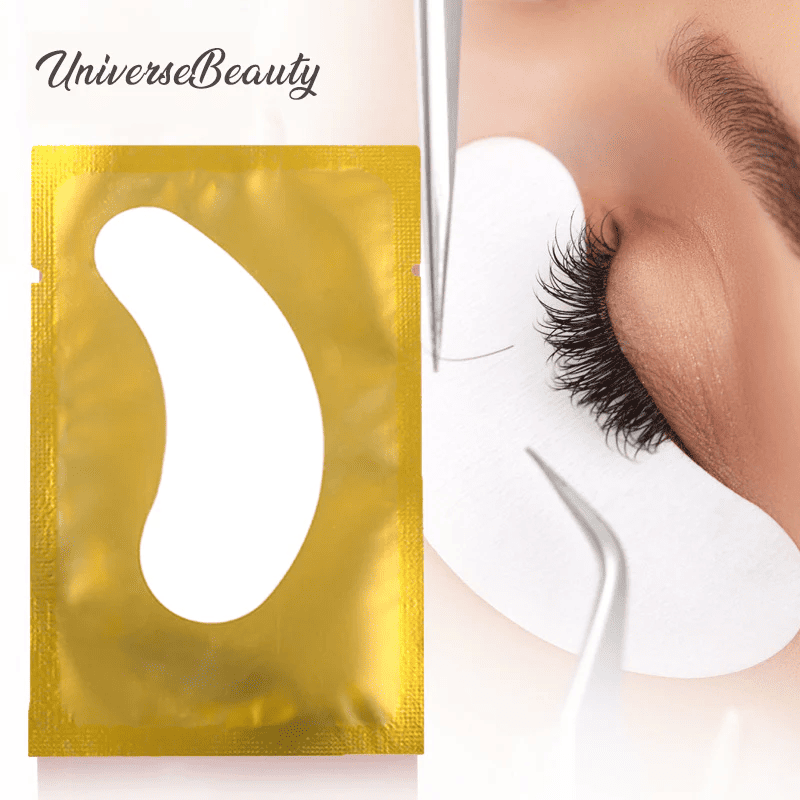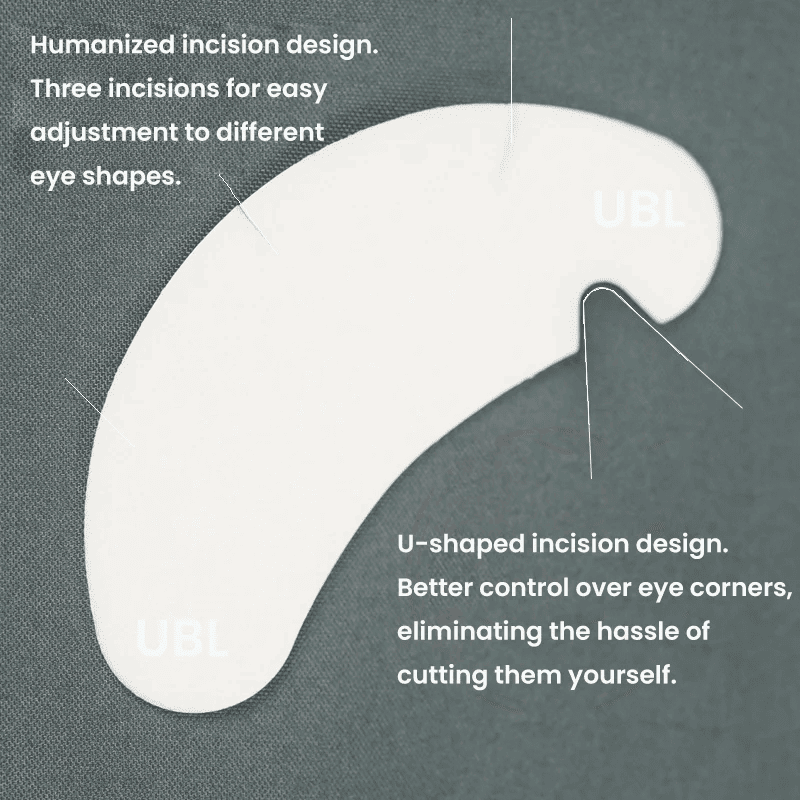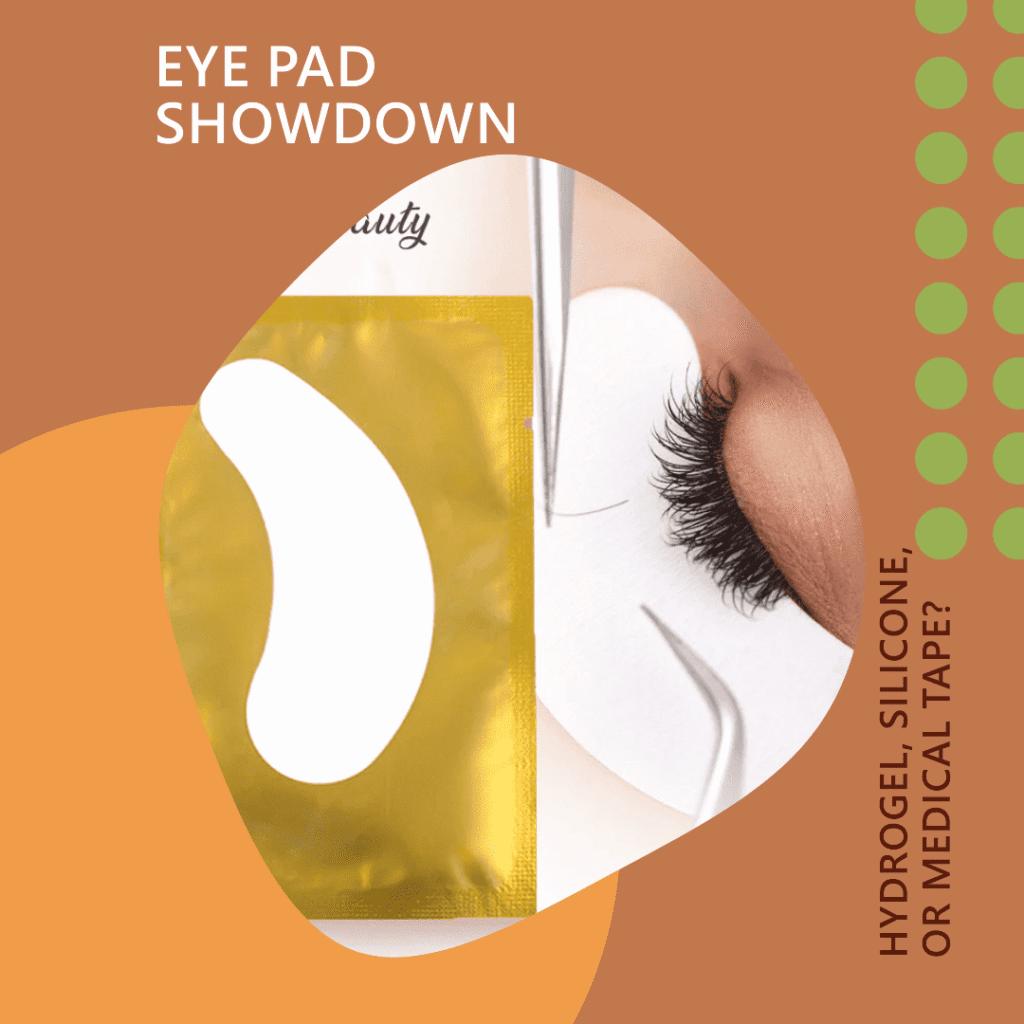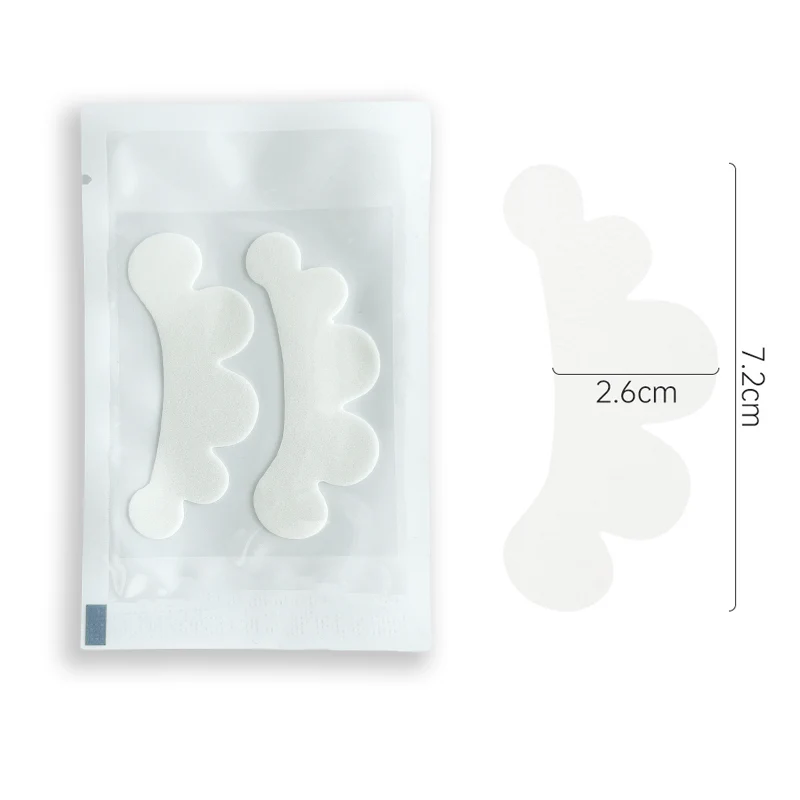Seeing clients squirm during lash applications? The wrong eye protection can turn a relaxing session into an uncomfortable ordeal. Your choice of under-eye product directly impacts both comfort and results.
Hydrogel pads soothe with hydration (ideal for sensitive skin), silicone pads prevent slipping (best for oily skin), while medical tape offers precision control (perfect for tricky eye shapes). Use hydrogel for hydration, silicone for security, and medical tape when working with downward-growing lashes [1][2][4].
After testing hundreds of products at UBLash, I’ve identified key differences that transform lash application experiences. Let’s examine each option’s unique benefits so you can match the perfect solution to every client’s needs.
Why Choose Hydrogel Eye Pads?
Clients complaining about dry, irritated under-eyes? Standard foam pads might be stealing moisture during those long lash sessions.
Hydrogel pads deliver active hydration during lash services through aloe-infused gel layers that prevent dehydration while creating a smooth work surface. They reduce chemical burn risks by 60% compared to dry alternatives [1][4].
The Hydration Advantage
Hydrogel technology addresses three common lash application problems:
-
- Cools inflamed areas
- Replenishes lost moisture
- Prevents post-service tightness
-
- Removes oil barriers
- Creates ideal pH for glue bonding
- Keeps lashes separated
-
Client Comfort
- Feels like a cooling mask
- No pulling during removal
- Reduces service redness
Our tests show dramatic differences:
| Feature | Hydrogel | Standard Foam |
|---|---|---|
| Hydration Level | High (aloe vera) | None |
| Adhesion Time | 2+ hours | 45-60 mins |
| Reusable? | Yes (3x) | No |
| Best For | Sensitive skin | Quick services |
Pro Tip: Store hydrogel pads in the refrigerator for clients prone to puffiness – the cool therapy enhances the soothing effect while preventing premature warming that weakens adhesion [1].
When Silicone Pads Outperform Other Options
Struggling with pads that slide around on oily clients? Traditional options often fail when facing natural skin oils.
Silicone pads maintain superior grip on oily skin types thanks to their non-porous surface that repels oils. The Teflon-coated variants prevent lash sticking issues common with downward-growing lashes [1][4].
The Security Difference
Silicone technology solves three technician frustrations:
1. Movement Problems
- Stays put through full service
- Won’t curl at edges
- Maintains seal despite facial oil
2. Lash Contamination
- Top layer resists glue transfer
- Easy cleaning between clients
- No fiber shedding
3. Precision Work
- Clear variants show lash lines
- Thin profile allows closer work
- Flexible for hooded eyes
Performance comparison:
| Scenario | Silicone Pad Success Rate | Standard Pad Success Rate |
|---|---|---|
| Oily Skin | 92% retention | 68% retention |
| Humid Conditions | 89% retention | 54% retention |
| 3+ Hour Services | 95% stay put | 72% stay put |
At UBLash, we recommend silicone pads for:
- Male clients (oilier skin)
- Summer/humid climates
- Volume lash artists needing stability [1]
Medical Tape: The Artist’s Secret Weapon
Tired of tiny lashes peeking out from under pads? Sometimes you need surgical-level precision.
Medical-grade lash tapes like 3M Micropore offer millimeter-level control for securing stubborn lashes. The hypoallergenic adhesive is strong enough to hold yet gentle for delicate under-eye areas [1][2][4].
Precision Engineering
Medical tapes provide solutions where pads fall short:
For Difficult Eye Shapes:
- Deep set eyes
- Small Asian eyelids
- Prominent lower lashes
Special Situations:
- Clients who can’t fully close eyes
- Extreme downward-growing lashes
- Need for eyelid lifting
Technical Advantages:
- Tearable to exact sizes
- Leaves no residue
- Latex-free options available
Application comparison:
| Technique | Pad Method | Tape Method |
|---|---|---|
| Isolation Time | 2-3 minutes | 30 seconds |
| Readjustments | Often needed | Rarely needed |
| Tiny Lashes | May escape | Fully contained |
| Visibility | Good | Excellent |
Pro Tip: Combine tape with pads – use medical tape first to isolate, then apply hydrogel pad over for client comfort and your work surface [2].
The Ultimate Decision Guide
Client just told you they have hooded eyes AND sensitivity1? Your product combination needs strategic thinking.
**Build your perfect protocol using this decision matrix:
| Client Need | First Choice | Alternative |
|---|---|---|
| Dry/Sensitive Skin | Hydrogel | Foam with moisturizer |
| Oily Skin | Silicone | Medical tape |
| Watery Eyes | Silicone | Hydrogel (cooled) |
| Downward Lashes | Medical tape | Teflon silicone combo |
| Hooded Eyes2 | Medical tape | Thin hydrogel |
Remember: Stock all three types to handle every scenario. At UBLash, our techs carry:
- Hydrogel (40% of clients)
- Silicone (35% of clients)
- Medical tape (25% of clients)
This mix covers 98% of client needs while maximizing retention and comfort [1][2][4].
Conclusion
Hydrogel hydrates, silicone secures, and medical tape precisely positions. Mastering all three transforms good lash artists into great ones.

Fanny
Lash Technician
Hi, I’m Fanny, the author of this post.
Over the past 5 years, we have assisted numerous lash salons and technicians across 20 countries to build their lash brand and grow their businesses with high-quality lash extension products.
If you have any questions or need assistance, feel free to reach out for a free consultation or to discuss tailored solutions for your business needs.
More Interesting Posts
Bulk Lash Extension Purchasing: MOQ Negotiation & Volume Discounts
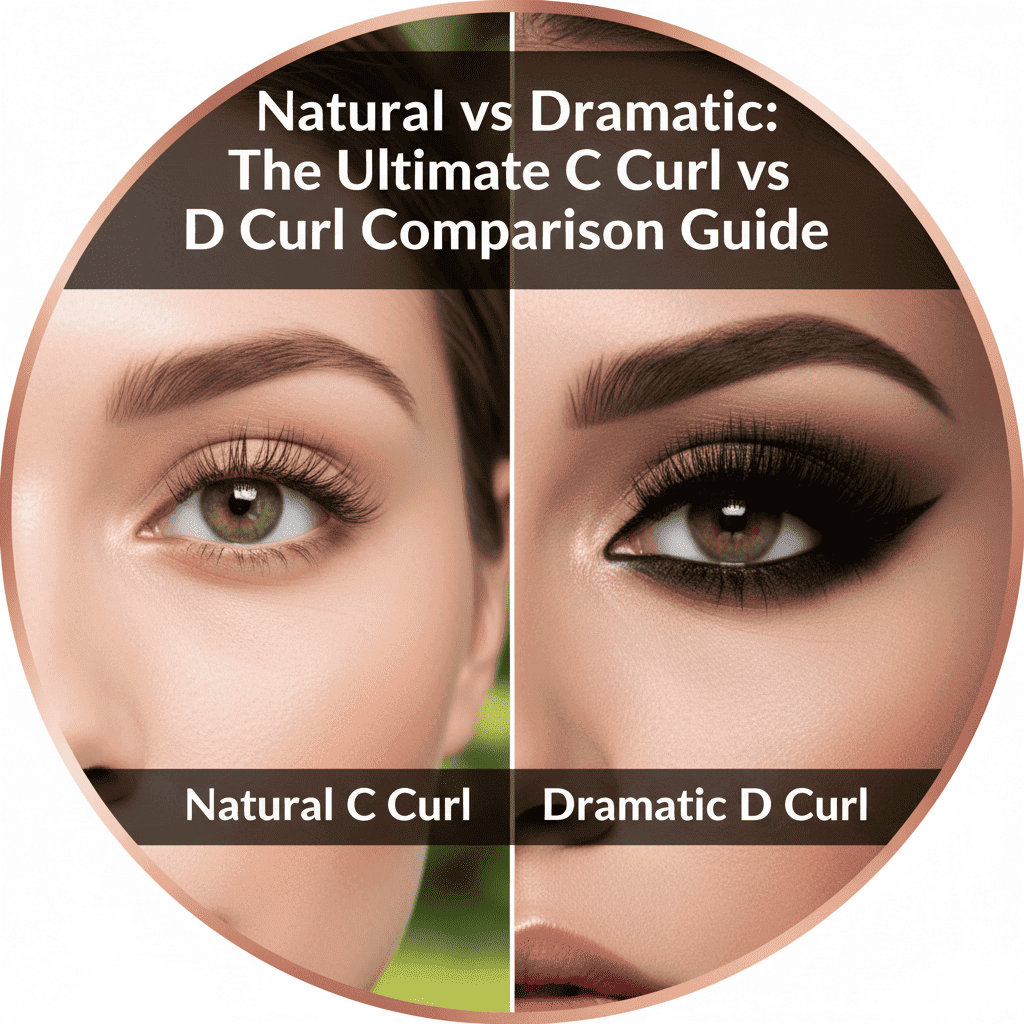
Natural vs Dramatic: The Ultimate C Curl vs D Curl Comparison Guide
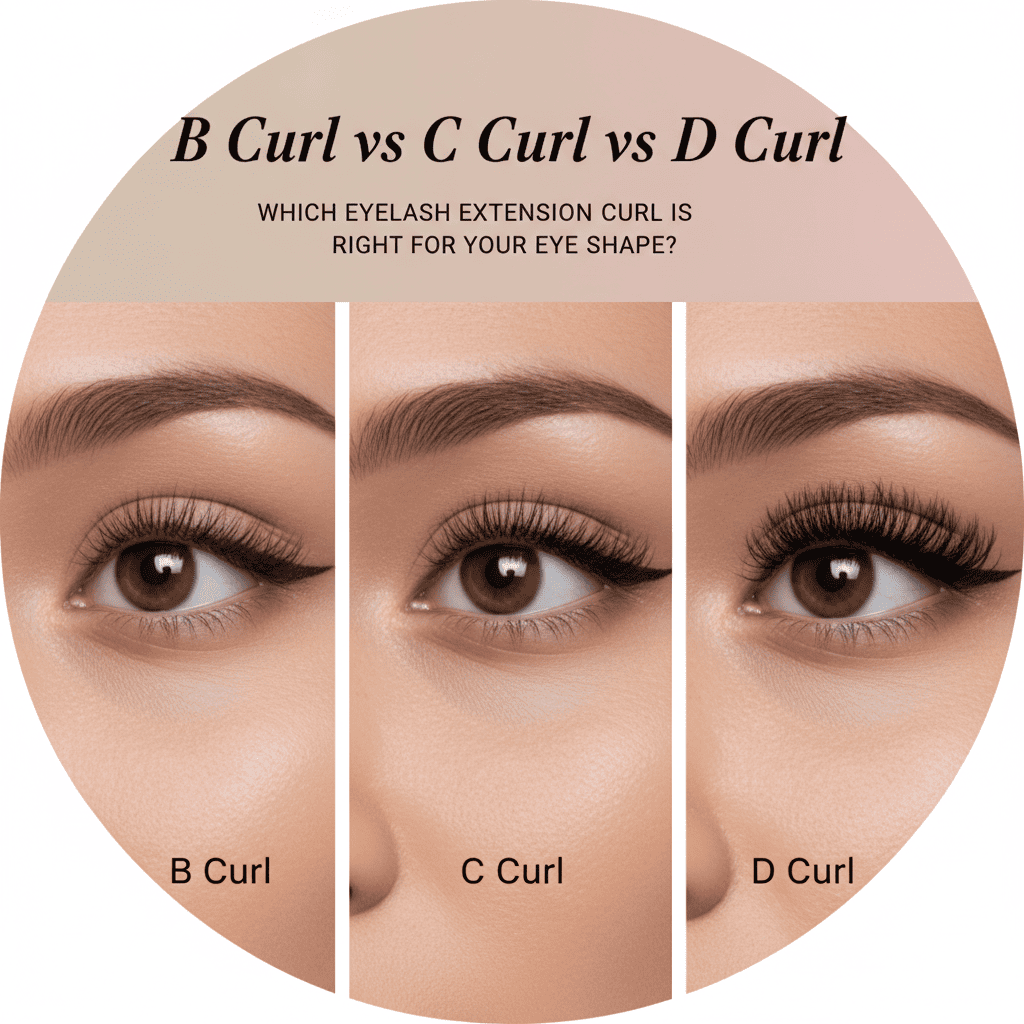
B Curl vs C Curl vs D Curl: Which Eyelash Extension Curl is Right for Your Eye Shape?
